Taiwan tea regions
 Beipu Township in Hsinchu County
Beipu Township in Hsinchu County
Beipu township is a rural township in Hsinchu County in Northern Taiwan.
This town is main center of Hakka culture, especially for production of dongfang meiren tea (oriental beauty oolong) and its special Hakkanese blends of tea and nuts called Leicha.
This township is about 20 km from the government of Hsinchu County. It is only 8 km wide from the east to west ands 12.8 km long from south to north, with a total area of 50.667 square kilometers.
The Chinese characters for Hakka (客家) means "guest families". They came from central and north China thousand years ago. Hakka people have their own culture depending on their lifestyle and hearty savoury cuisine based on an equal balance between texturized meat and vegetables, and fresh vegetables.
The most popular tea of this region is Oriental Beauty Oolong Tea (Dongfang Meiren or Dong Fang Mei Ren), also known as Eastern Beauty, Bai Hao, Silver Tip Oolong, Silver Tip Formosa, Dong Feng Mei Ren, Peng Feng, Pong Fong and Braggart's Tea.
Chiayi County
Chiayi County (Chinese: 嘉義縣) is a county in southwestern Taiwan surrounding but not including Chiayi City. It is the sixth largest county in Taiwan. Chiayi County is divided into 2 cities, 2 urban townships and 14 rural townships. Taibao City is the seat of Chiayi County and is home to Chiayi County Government.
The current population of Chiayi County in 2014 is 524+ thousands people.
Bordered by mountains on one side and sea on the other side, Chiayi County includes three major national parks, which are Alishan National Scenic Area, Southwest Coast National Scenic Area and Siraya National Scenic Area, each represents a unique view of nature's wonders from mountains and plains to ocean views.
Chiayi County has majestic and broad scenery surrounded with hills and waters, a landscape of lakes and seascapes.
On the east, there is the hometown of Tsou tribe, Alishan. It is near to Taiwan’s highest mountain, the Jade Mountains. There are breathtaking sunrises and sunsets, a sea of clouds, magnificent and lifting Sacred Tree, bright-colored and beautiful cherry blossoms, well-known Forest Train, hidden densely wooded, ancient roads, and ravine waterfall.
On the west, there are the seashore and salt pan in Budai Township, Dongshih Township, etc. The wetland is full of interesting and exuberant nature, meanwhile, the abundant ecological environment and azure sea area are formed with attractive and leisurely scenery along the coast of Chiayi.
Chiayi County is full of century temples with smoke from burning incense. And it is also the place holding the most prudent and joyously magnificent ceremony on the birthday of each main Buddha.
Due to excellent weather conditions for tea growing, in Chiayi Country are growing best High Mountain Oolongs, such as Alishan Oolong, High Mountain Meishan Oolong and also Jin Xuan Milk Oolong.
Alishan National Forest Recreation Area
Alishan National Forest Recreation Area is located in Alishan Township, Chiayi, covering an area of about 1400 hectares with altitude about 2200 meters high above sea level. It is cloudy mid-elevation temperate climate with an average annual temperature 10.6 ℃ and the annual rainfall is up to 4000 mm. There are 209 raining days and 244 foggy days on average.
Alishan Mountain range, which is part of the Central Mountain range, is the collective name of 18 peaks including Dadong Mountain. Overlapping peaks, cliffs, and valleys are the make up the typical view and landscape. Since the high mountains and broad valleys block the strong southwest wind, the valley is usually foggy and cloudy like a vast, tumultuous sea. When the sun rises from the Central Mountain range and the light sweeps over the sky, the clouds suddenly give way to the clear sky to produce a grand view. In the evening, the clouds are even more beautiful with their magnificent afterglow.
Alishan Forest Railway
The Alishan Forest Railway is one of only three remaining mountain railways in the world. It rises from an elevation of only 30 meters above sea level to a height of 2274 meters in just 71.4 kilometers. As it approaches the mountains, the track follows a circuitous route through an arboreal environment that changes from tropical to temperate zone species. The zigzagging ascent up Dulishan (Duli Mountain), to reach the top, is one of the more fascinating parts of the route.
Sunrise at Jhushan
The sunrise view from Alishan is justifiably famous beyond the borders of Taiwan, and Jhushan is the best place here to experience Aurora's rise. The sun-viewing platform, located next to Jhushan Station, is also a good place to gaze at the peaks of the Central Range, the cloud formations, and the evening sky colors.
Sea of Clouds
The cloud formations at Alishan are considered one of Taiwan's top-eight scenic sights. The clouds grow together among the peaks into sea-like waves, a view that is especially impressive after a rain. Sea of clouds appear different in each season of the year, but the period between late winter and early spring is one of the best times to experience this breathtaking sight.
Dong Ding
Dong Ding is the name of the mountain which is located in Nantou country, not far from Lugu township and means "Frozen Peak" or "Frozen Summit". This name of Dong Ding came from climbers, who climbed to the peak with a very slippery path and needed to conserve their strength during the way.
Dong Ding Mountain is not only famous for its name, but also its environment and weather is suitable for high quality tea. The altitude of this mountain is not higher than 1000 meters. The secret of Dong Ding Mountain is that it weather conditions are always the same all around the year. The tea garden gets very strong sunshine in the morning, but it is completely covered by fog in the afternoon. In addition, the environment is very windy, and the soil condition is not very rich in nutrition. This severe environment causes the tea leaves to accumulate a lot of substances and leaving it no chance to consume these substances. That's the reason tea why tea produced at Dong Ding Mountain gives a very strong flavor and sweet after taste.
About 150 years ago, the oolong cultivar was brought few tea bushes to Dong Ding Mountain from Wuyi, Fujian, China. Since that time Dong Ding oolong is one of the famous oolong all around the world. You can also taste the spring harvest of Dong Ding oolong
Heping (Ho ping) in Taichung County, Lishan area
Heping tea region is located at the Heping Township in the Taichung County, Lishan area. It is also could be named as Ho ping. This place is the highest altitude among all tea regions in Taiwan. Tea is growing in between 1600 to 2500 meter above sea. The area measures more than 30000 hectares.
At present time more and more mountains are developing into tea gardens for more tea growing. In the high altitude tea trees get sun only in the morning time. In the afternoon trees are covered by fog and this is ideal condition to grow high mountain tea.
Less sun shine means less bitter and liquor is very sweet.
Li Shan oolong tea is the most well-known tea in the region.
Tea from Heping is one of the most favorite teas among the local Taiwan people.
Lugu Township in Nantou county
Lugu Township is located in the southwest part of Nantou county, near Shueili Township, Sinyi Township and Chenyou River on the east, connected with Jhushan Township on the west and south, and in it is opposite to Jiji Township across from Jhuoshuei River on the north.
The width from east to west is about 9 kilometers and the length from north to south is about 16 kilometers, and total area is 141.89 square kilometers.
Lugu Township has very different landform – there are tablelands, hills and river on its north, east, and south areas.
Lugu Township has moderate temperature, mild winter and cool summer with sub-tropical weather.
The highest altitude is the Lingtoushan (the height is 2025 meters) and its lowest is at Fonghuang Mountain (the height is 1698 meters).
The extended valley of two mountains climbs up from low to high, extending eastwards, forming an incline from south to north in a shape of rectangular.
The most famous tea from Lugu is Lugu Oolong Tea (鹿谷烏龍茶).
Muzha (Mu Zha)
Muzha (Chinese: 木柵), literally "wood fence", is a district in Taipei City, Taiwan. The historical spelling of the name is Mucha, which refers to wooden fences built in the region to defend against attacks by Taiwanese aborigines. Nowadays name of this district is also Wen Shan. Muzha district is a part of Maokong. It sits on the edge of Taipei Basin and the entire city of Taipei can be seen from the mountain, especially on a cloudless day.
On weekends many people come to Maokong for go hiking and climbing. For people who are interested in visiting the Maokong region, the best way to get there is taking a ride on the Maokong Gondola. The gondolas run between the Taipei Zoo and Maokong, with four stations. On a clear day you will get look for sweeping views back into Taipei, including a good look at Taipei 101.
Reaching the last stop on the Maokong Gondola, you are at Muzha. There are number of active tea plantations, this mountainous region is the ideal for high mountain tea. Since 1960, the government of Taiwan has been actively promoting tea production here. There are over 100 hectares dedicated to tea production and yearly yields exceed 30,000 kg.
The most popular type of tea produced is Tieguanyin, also known as "Iron Guanyin" (comes from the Chinese Goddess of Mercy, Guanyin). This premium oolong tea originated in China’s Fujian province, back in the 19th century.
Pinglin District
Pinglin District (also Ping-Lin, Chinese: 坪林區) is a rural district in southeastern New Taipei City. It is the third largest district in New Taipei City and it is located in the mountain area connecting to the Yilan County on the east coast. Pinglin is part of the water district of Taipei area as the Feitsui Dam is located just at the neighboring Shiding District, so land development is restricted.
In Taiwan, nearly every city is famous for something. Yilan has onions, Yingge has pottery, and Sanyi has wood. Pinglin is the most famous place for producing Bao Zhong Oolong Tea / Pouchong tea. Over 80% of residents are tea growers or involved in the tea business.
In Pinglin, the claim to fame is tea, particularly that of the acidic, rich, green Bao Zhong variety. The tea is harvested in the Spring, so if you get a chance, try to make it during April or May for the freshest of the fresh. Most everything in Pinglin is about tea. Still, Pinglin has some great natural beauty. The area lies in a water-source conservation area, so its natural life is just that much fresher than that of polluted, highly urbanized areas elsewhere in Taiwan like Taipei, Taichung, and Kaohsiung.
Pinglin Tea Museum
Claiming to be the biggest tea-dedicated museum in the world, this is definitely the stop for those interested in tea, the world's first global commodity. The museum highlights not only the tea-making and tea cultivation processes, but also enlightens visitors on the role tea has played in Chinese history. For a firsthand experience of that history, the museum also includes a traditional Southern Chinese style garden and tea house.
Sun Link Sea
Sun Link Sea is located in Nantou country. Altitude is about 1600-1800 meters above sea level and it covers about 40 acres. Sun Link Sea (Shanlinshi) Forest Recreation area is more than 40 hectares. One of the beautiful things here is Chinglong Waterfall.
Chinglong waterfall is one of two impressive waterfalls at the Shanlinshi Nature Park. Due to its high elevation and abundant rain everything is covered in moss. Chinglong waterfall tumbles 116 meters down into a amazing turquoise pool.
Sun link Sea area has in average 20°C during the whole year. This temperature is perfect for Oolongs and Jin Xuan Milk Oolongs and gives to the tea sweet flavor.
High Mountain Sun Link Sea Jin Xuan Milk Oolong (高山杉林溪金萱), Long Feng Xia Oolong (龍鳳峽), Premium Sun Link Sea Jin Xuan Milk Oolong (金軒杉林溪)
Sun Moon Lake
Sun Moon Lake is situated in the center of the Shuishalian Area, which is a part of Yuchi Township in Nantou County, in the western foothills of Taiwan's Central Mountain Range, between the Western Plain and the mountains, it lies at the center of Nantou County, connecting Puli Township in the north to Renai Township in the northeast, Xinyi Township in the southeast, Shuili Township in the southwest and Guoxing Township in the northwest.
Because of the folding landscape, and faulting and eroding effects on the neighboring areas of Sun Moon Lake, this area boasts of many mountains and hills. Within this area, there are 13 different-sized basins, steep slopes, and collapsed areas. Sun Moon Lake (5.4 square kilometers) is the only basin that stores water.
Originally, Sun Moon Lake, Toushe, Yuchi, and Puli were all lakes, but because this region is a sunken region of tertiary clay slate strata, and a fault region of clay slate strata, due to changes in the earth's crust involving folding and sinking, different-sized basins were formed.
Why Is It Called Sun Moon Lake
Sun Moon Lake is the largest lake in Taiwan, and is comprised of the diamond-shaped Sun Lake and curved Moon Lake. The Thao people call it "zintun" which may have been the earliest name given to Sun Moon Lake. The earliest record of the name "Sun Moon Lake" was in the article, "Travels to Shueilishe", written by Deng Chuan-an in 1821, which said, "I have no idea where the water comes from. It is about 10 li (half a kilometer) in length, and a third of that in width. The water is red and green, so it is named Sun Moon Lake." After the Han people came to reclaim the Shueishalian land, Sun Moon Lake was given more names, such as Shueishe Large Lake, Shueili Lake, Shueilishe Lake, Shueishehaizih, Bamboo Lake, Dragon Lake and so on. In the late Cing Dynasty, the western missionaries came to Sun Moon Lake to share their faith with the Thao people. They named Sun Moon Lake "Dragon Lake", "Lake Candidius", "Nin-Isivatan Lake", etc.
The island on Sun Moon Lake was the ancient settlement of the Thao people. They consider it to be the home of Pashala, their highest-ranking ancestral spirit. The island is called "Lalu Island" in the Thao language. During the Cing Dynasty, it was called Pearl Islet, Pearl Hill etc. There is a saying that Cinglong (Green Dragon) Mountain (Kunbariz Mountain in the Thao language) and Lunlong (Mountain Dragon) Mountain (Titabu in the Thao Language) are facing to each other with Lalu Island in the middle; it creates the image of two dragons playing with a pearl, so it was called Pearl Island. During the Cing Dynasty, Westerners called it Pearl Island. In the Japanese occupation period, it was called Jade Island and "Island in the Water". After the restoration from the Japanese, it was called Guanghua Island.
After the 9/21 Earthquake of 1999, the Nantou County Government changed its name to Lalu Island out of respect for the Thao tribe. The Sun Moon Lake Scenic Area, encompassing some 9,000 hectares, is situated astride the geographic center of Taiwan in Nantou County. The town of Yuchih lies to the immediate north, Shueishe Mountain to the east, and Provincial Highway 21 and Shueili Township to the south. In addition to original provincial scenic area land, the Sun Moon Lake National Scenic Area today also includes within its administrative area the Formosan Aboriginal Culture Village, the communities of Toushe and Checheng, Shueishe and Jiji Mountains, and the Shueili River.
Mountains in the Scenic Area rise from between 600 and 2,000 meters. From the highest ridges in the eastern section, the landscape gradually turns to rippling foothills and then to fast-flowing rivers and sweeping, verdant flatlands in the west. The latter, geographically a part of the Puli Basin, is the only section to preserve an alpine lake.
The most popular tea of this region is Sun Moon Lake black tea / #18.
Taoyuan County
Taoyuan County (Chinese: 桃園縣) is a county in northwestern Taiwan near New Taipei, Hsinchu County, and Yilan County. Taoyuan City is the county seat, which comprises Zhongli City forming a large metropolitan area, home to many industrial parks and tech company headquarters. Taoyuan County developed from a satellite city of Taipei metropolitan area to be the fourth largest metropolitan area in Taiwan.
"Taoyuan" means "garden of peach", since the area used to have many peach blossoms.
Taoyuan County is located approximately 40 km southwest of Taipei in northern Taiwan and occupies 1,220 km2. It is made up of low-lying plains, interconnected hills and plateaus. Its shape has a long and narrow southeast-to-northwest trend, with the southeast in the mountains and the far end on the shores of Taiwan Strait. The population of Taoyuan County is 2,050,600 in the end of July, 2014. The County has a population density of 1,679.51 persons per square kilometer and its population is increasing at a rate of two to three thousand per month. Taoyuan County has the fastest growing population among the six metropolitan municipalities of Taiwan.
With an area of 34.8km2 and a population of 416,123 people, Taoyuan City is the political and economic center of the county. The most popular and well-known tea from this area is Four Season Spring Oolong / Si Ji Chun Tea Taoyuan.
Related Products
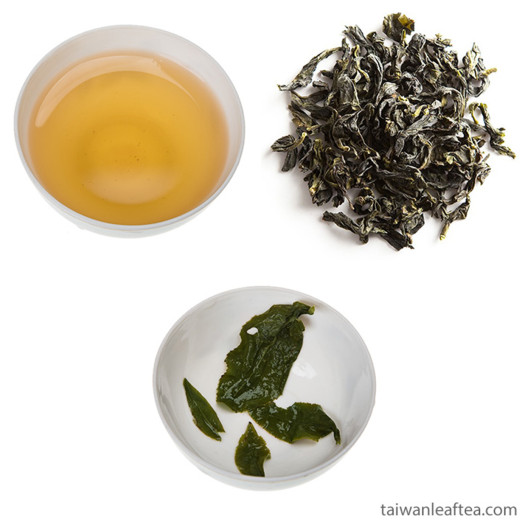
Bao Zhong Oolong Tea / Pouchong (包種茶) from Pinglin District
Bao Zhong oolong tea grows on the Wenshan Mountains near Taipei in northern Taiwan, in Pingling coun..
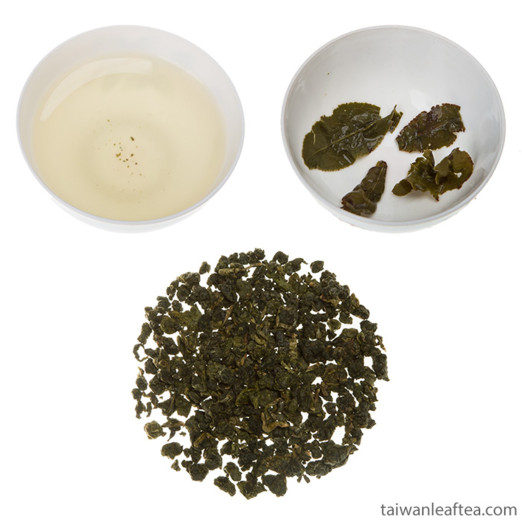
Premium Sun Link Sea / Shanlinxi Jin Xuan Milk Oolong (金軒杉林溪)
Premium Jin Huan milk oolong comes from Sun Link Sea (Shanlinxi), which is in Nantou County. This te..
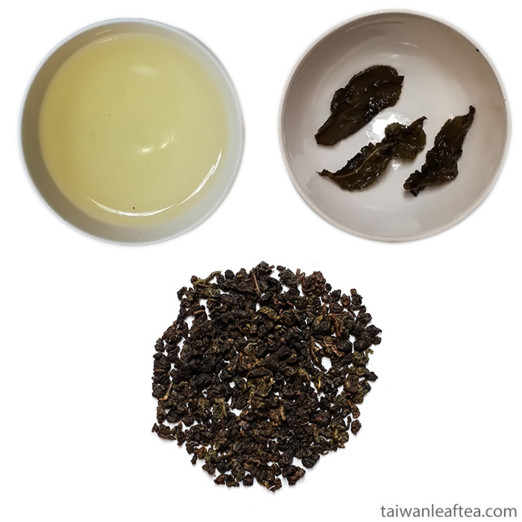
Dong Ding Oolong Tea (凍頂)
Dong Ding, also spelled Tung-ting, is a premium oolong tea from Taiwan. The name Dong Ding means ..

Lugu Oolong Tea (鹿谷烏龍茶)
This high quality tea is from the Lugu region of Nantou County in central Taiwan. This season was..
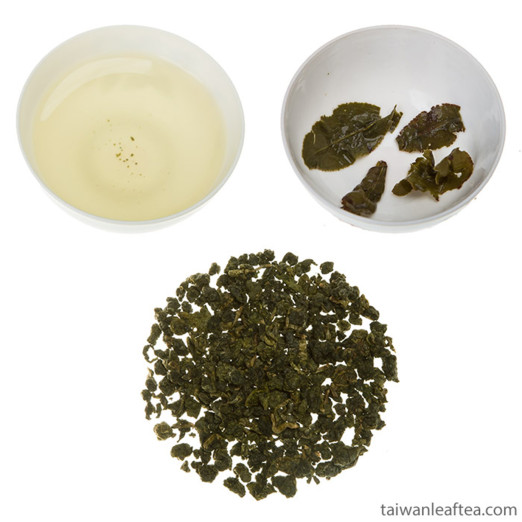
Spring Oolong from Heping (年春烏龍茶和平區)
This spring oolong is from Lishan Area Heping (Ho Ping) Township in Taichung county. Heping (Ho P..

Long Feng Xia Oolong (龍鳳峽)
Long Feng Xia oolong tea is a first grade tea from the Shan Ling Xi district in Sun Link Sea (Shanli..
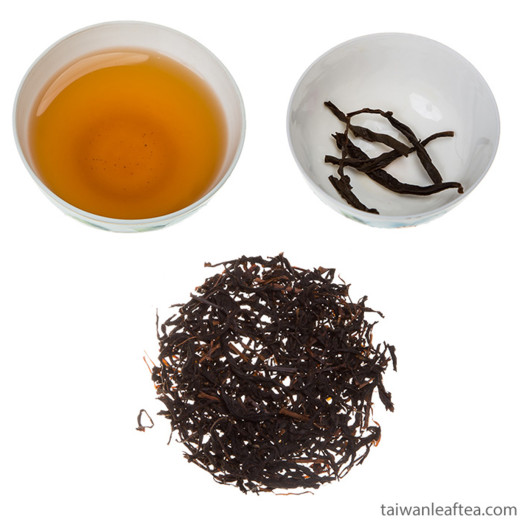
Sun Moon Lake Black Tea / Tea #18 (日月潭紅茶)
Premium Taiwan Sun Moon Lake Black Tea (Tea # 18) is rare black (red) tea from Central Taiwan (Yuchi..
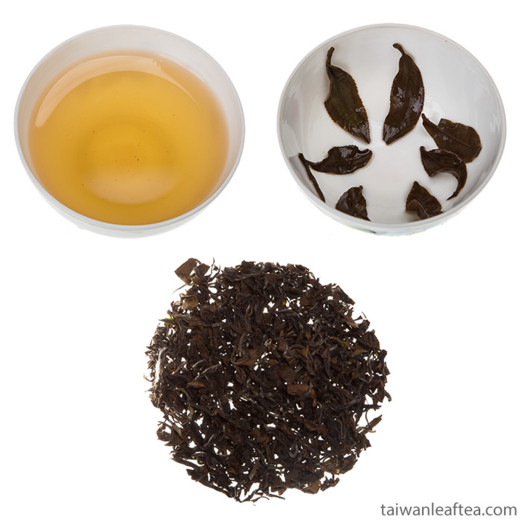
Oriental Beauty Oolong Tea / Dongfang Meiren (東方美人茶)
Oriental Beauty Oolong Tea (Dongfang Meiren or Dong Fang Mei Ren) from Hsinchu County is also known ..

High Mountain Mei Shan Oolong Tea (高山地梅山烏龍茶)
Mei Shan is a small town located on the back side of Ali Mountain Area, which is prime tea growing c..
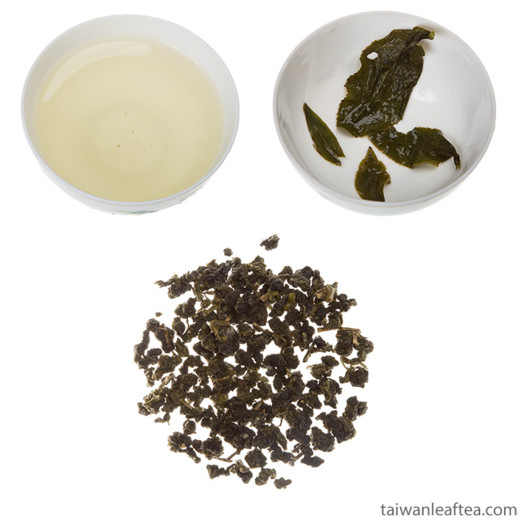
High Mountain Alishan Oolong Tea (高山地阿里山烏龍茶)
Mt. Ali Oolong from Ali Shan area is one of the best and the most famous oolong from Taiwan. Alisha..
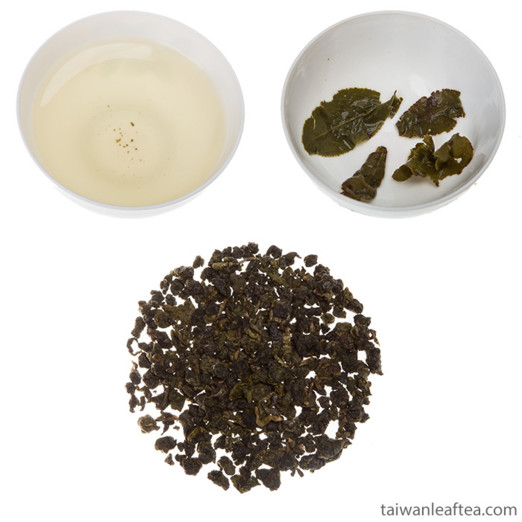
High Mountain Sun Link Sea / Shanlinxi Jin Xuan Milk Oolong (高山杉林溪金萱)
Jin Huan milk oolong comes from Sun Link Sea (Shanlinxi), which is in Nantou County. This tea is cla..
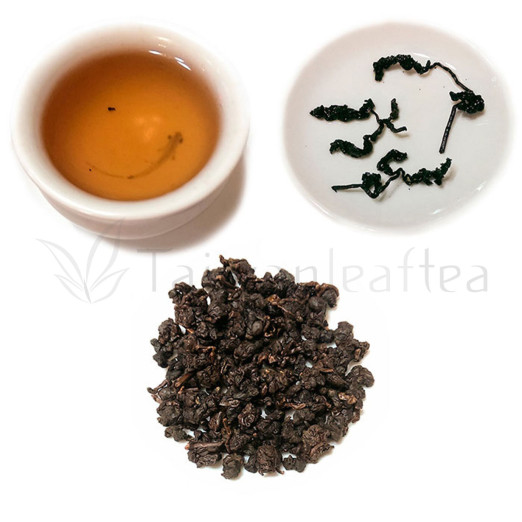
Tie Guan Yin Oolong Tea (鐵觀音)
Tie Guanyin (Iron Guanyin) is a mainland tea tree from Anxi County, Fujian Province. The place of th..
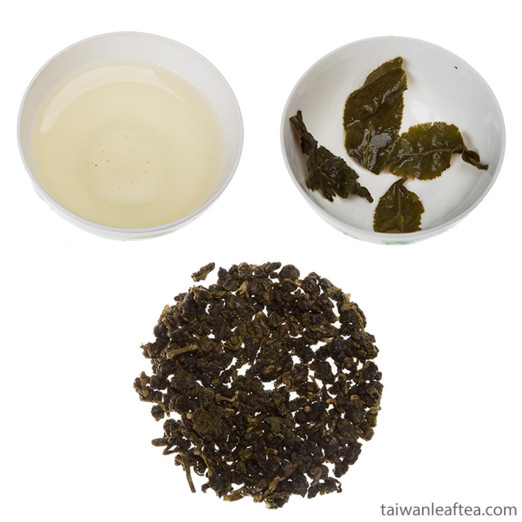
Four Season Spring Oolong / Si Ji Chun Tea Taoyuan (四季春)
This is Four Season Spring Oolong from Lala mountain in Fusing town, Taoyuan county. This tea is ..

Premium Alishan Jin Xuan Milk Oolong (阿里山金萱)
Premium Jin Huan milk oolong comes from Ali Mountain Area. This tea is classic example of excellent ..
